Tag: good quality LED display screens, how to choose LED screens, LED display criteria, LED billboard brightness

Now, LED display is very popular for the advertising, TV studio, touring shows and so on. And many buyers may confused how to find a good quality and suitable screen, Verypixel.com will guide you step by step, and teach you how to choose a good LED display, and it’s mainly lies in the following aspects.
1. Flatness: Display surface flatness need to within ±1mm, in order to ensure the display image is not distorted, partial raised or recessed will lead display dead viewing angle. The flatness mainly depends on the design and production process of both mask and cabinet.
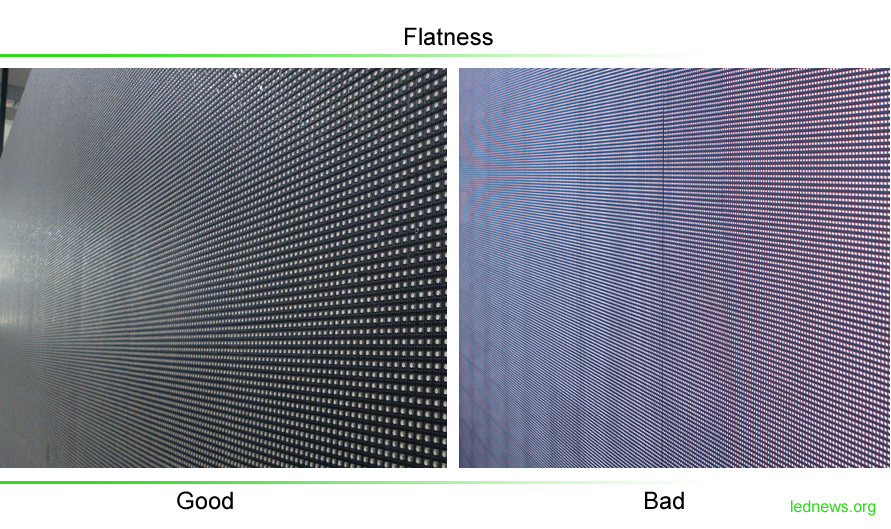
2. Brightness: Usually, indoor full color brightness ≥800cd/m2, for outdoor full color display brightness ≥4000cd/m2, if outdoor against the sun, then much ≥6500cd/m2, otherwise it will be too low brightness to see the displayed image. The brightness is determined by LED and LED chip are used, and can be measured by luminance colorimeter.
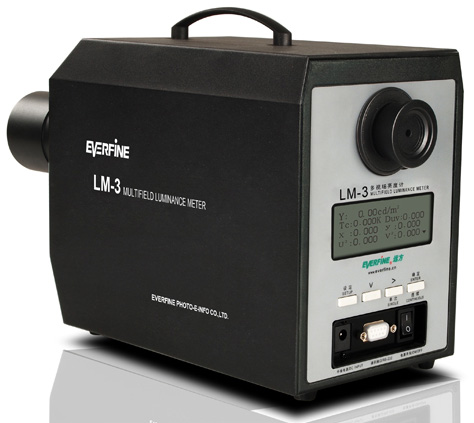
3. Viewing angle: Screen viewing angle directly determines the amount of audience, and of course the bigger the better. It’s mainly depending on the LED chip package. Usually, for SMD LED with angle of 120° (horizontal) and 120° (vertical), for DIP LED is 120°(horizontal) and 60° (vertical).
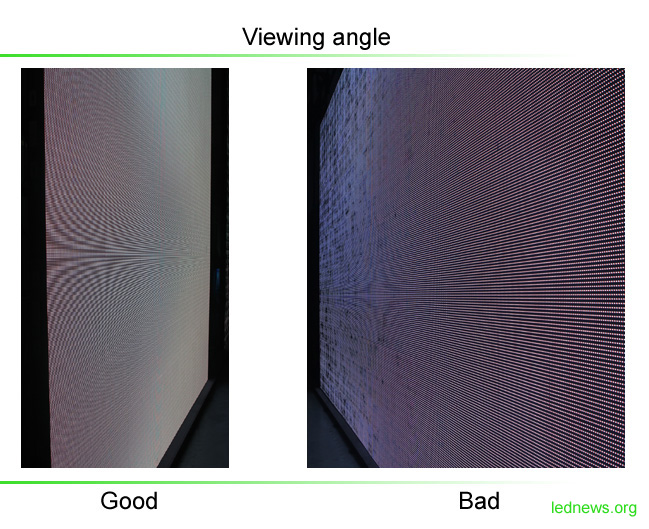
4. White balance: White balance is one of the most important indicators for LED display. In color science, it will show pure white color only when red, green and blue ratio meets 1:4.6:0.16. If the actual proportion is different, the white balance will have deviation. Generally pay attention to the LED screen whether there is bluish white or yellowish green color. White balance is affected by display control system and LED chip.
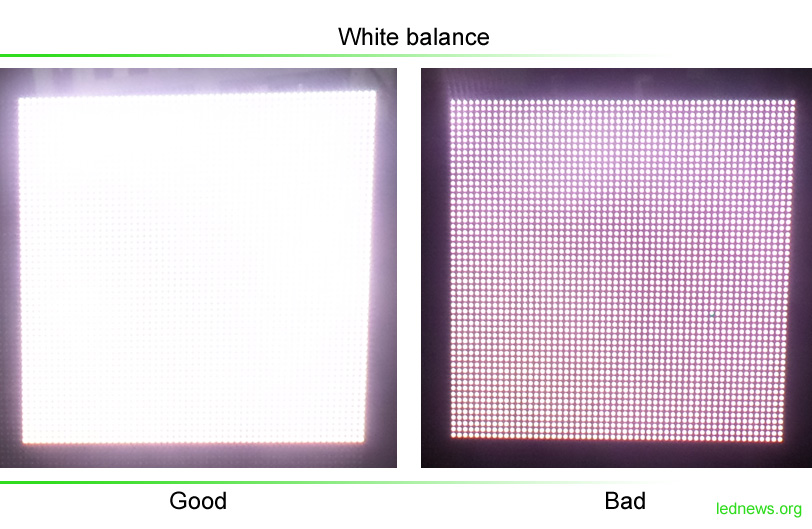
5. Refresh rate: Refresh is a very important parameter for LED screen, especially in TV studio. If low refresh rate there will be scan lines in the image when the camera shoots on it, and the audience will see the flicker though the camera. Usually the refresh rate ≥1000Hz, some high standard application need 3000Hz or more.
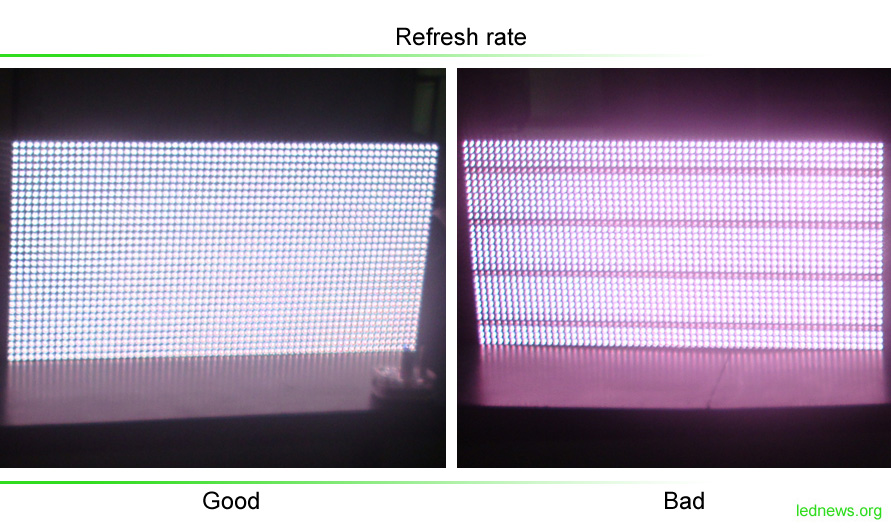
6. Color reduction: Color reduction refers to how the image color is produced by display, that means the LED screen color and video source must maintain highly consistent, so as to ensure that the image realism.
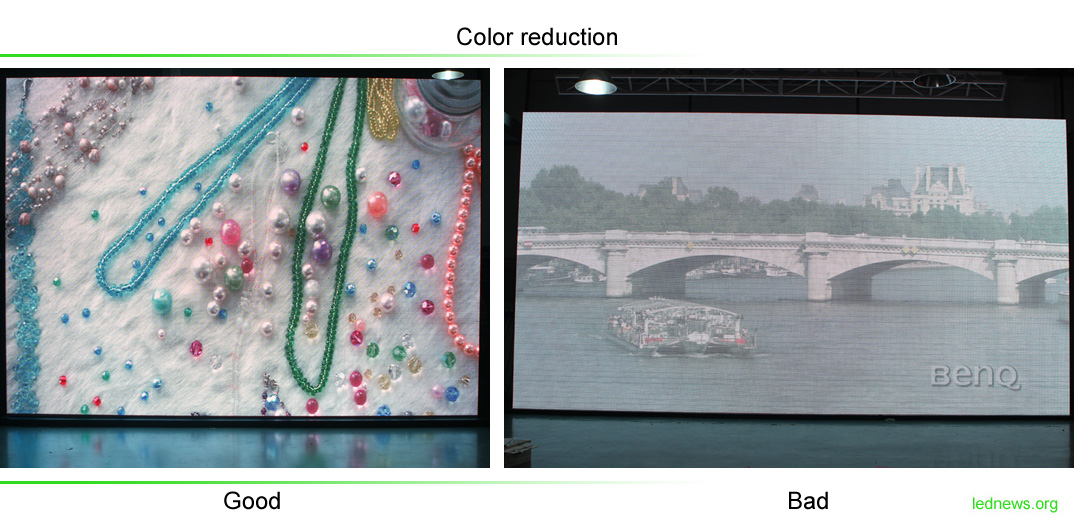
7. No mosaic and dead LED: Mosaic is square in the LED screen that always on or off, also means broken modules, mainly because broken cable or connector. Dead LED is the pixel in the display always on or off, and it’s mainly determined by LED chips are used.
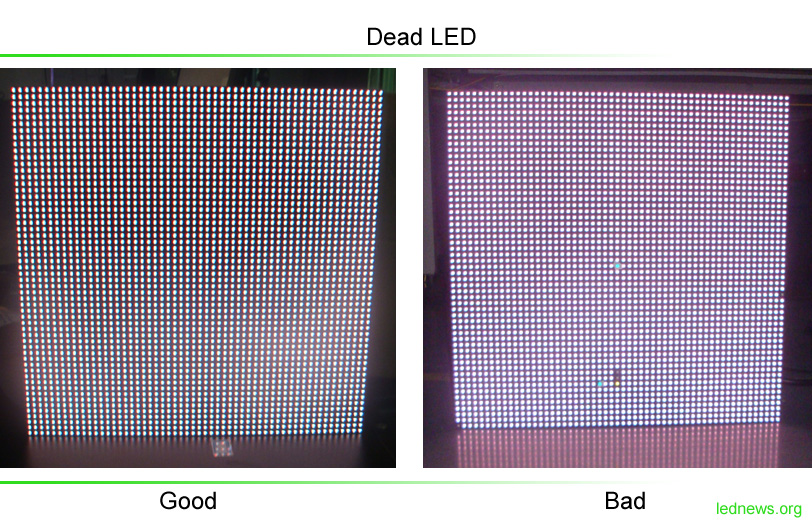
8. No color block: Color block is difference color between modules, the block mainly caused by signal transition between modules, this phenomenon is mainly depend on the control system, gray level, and scanning mode.

Page address: http://www.verypixel.com/blog/How_to_Choose_a_Good_LED_Display.html